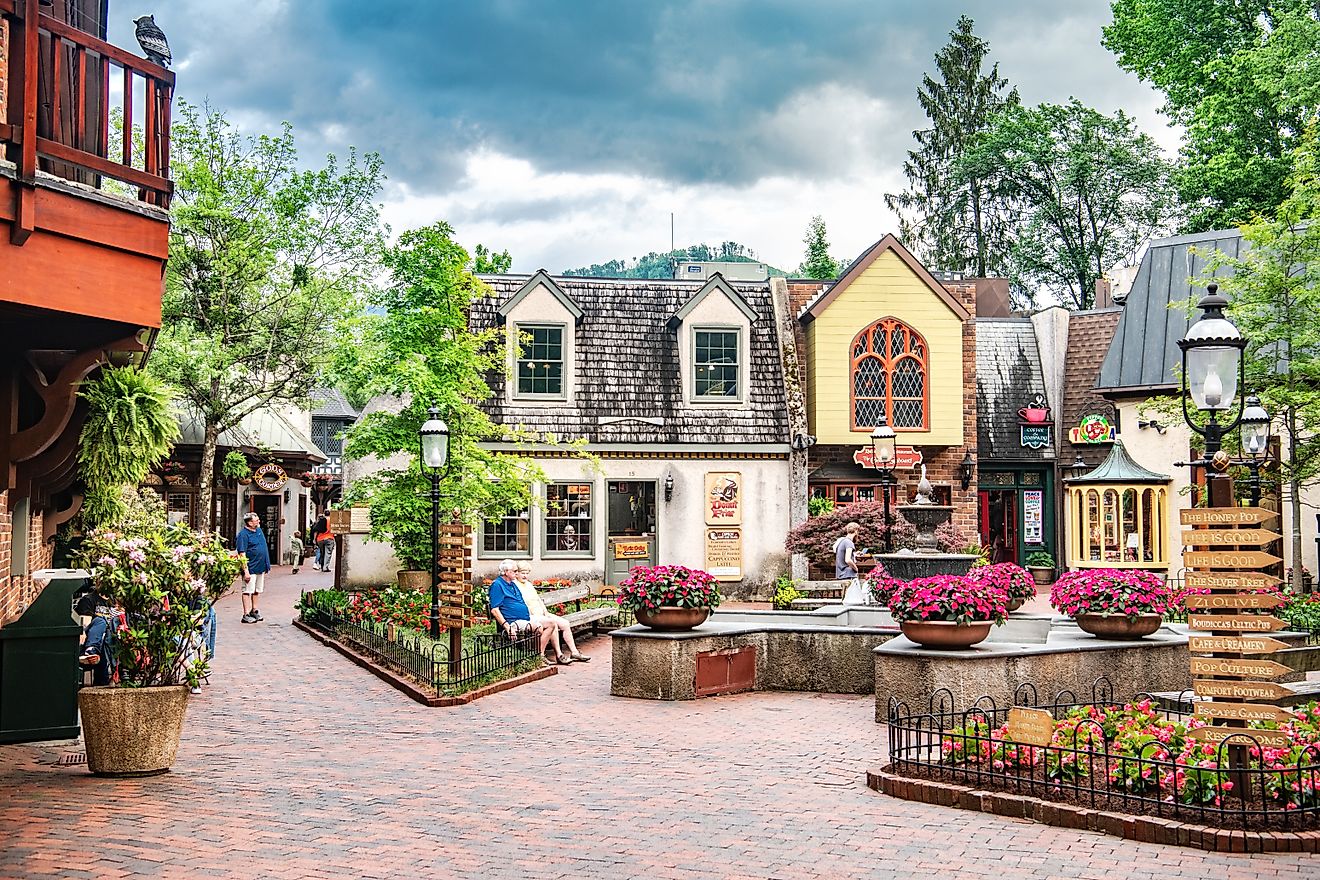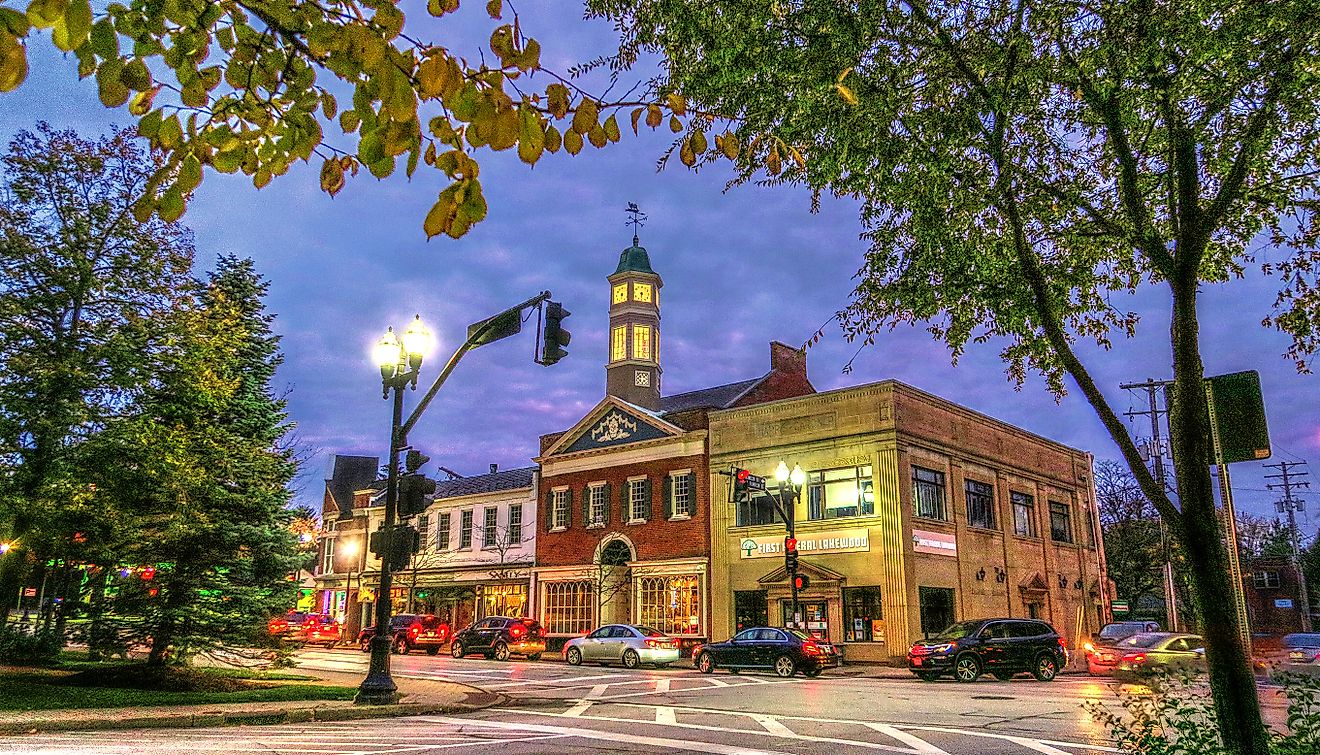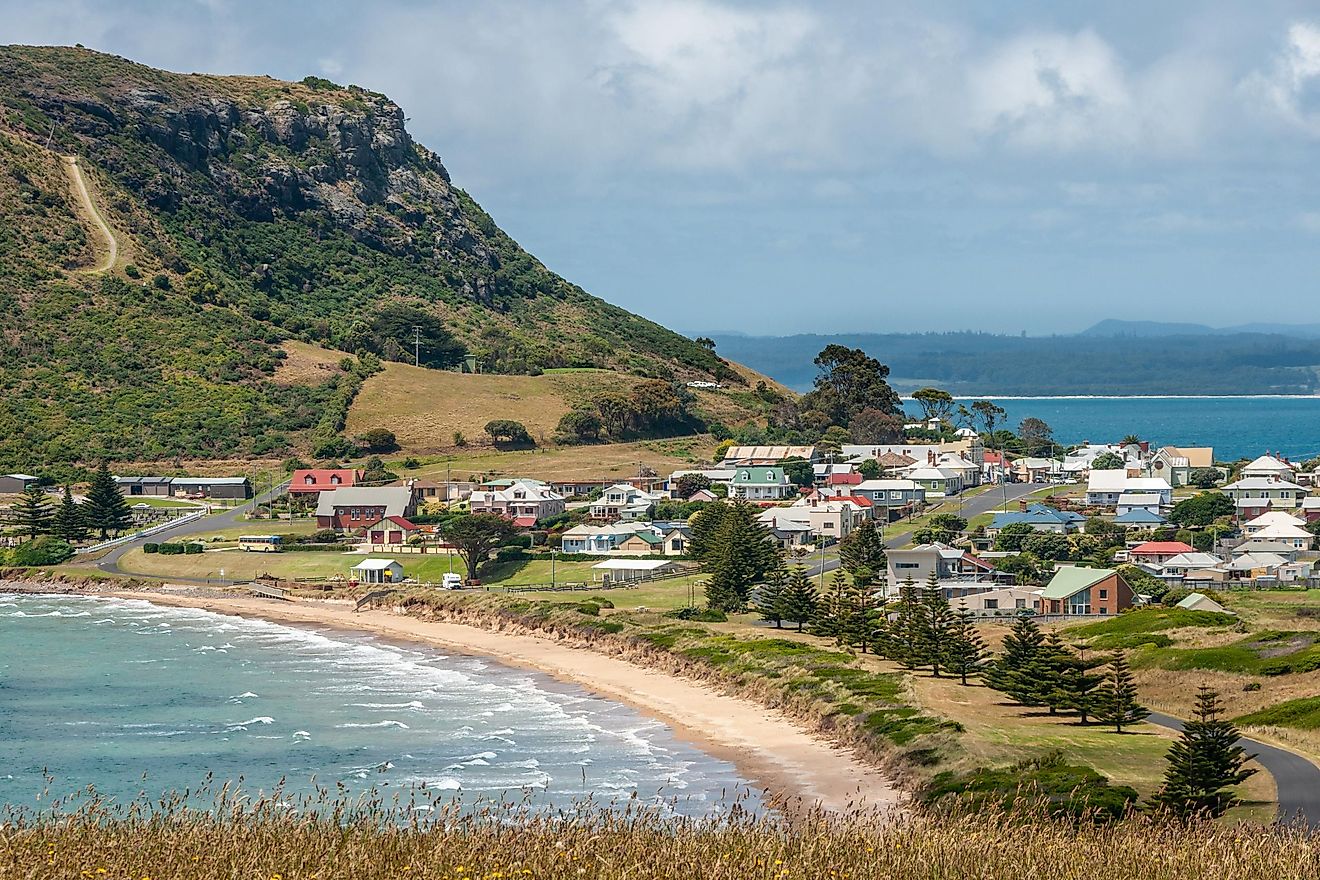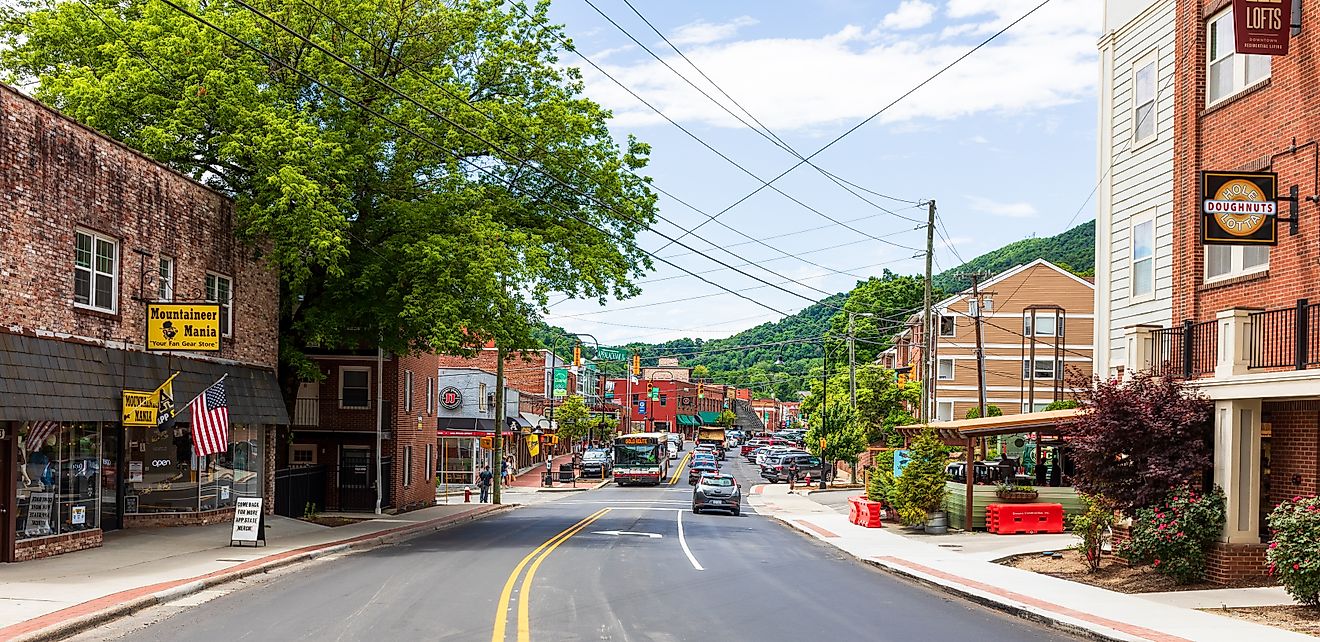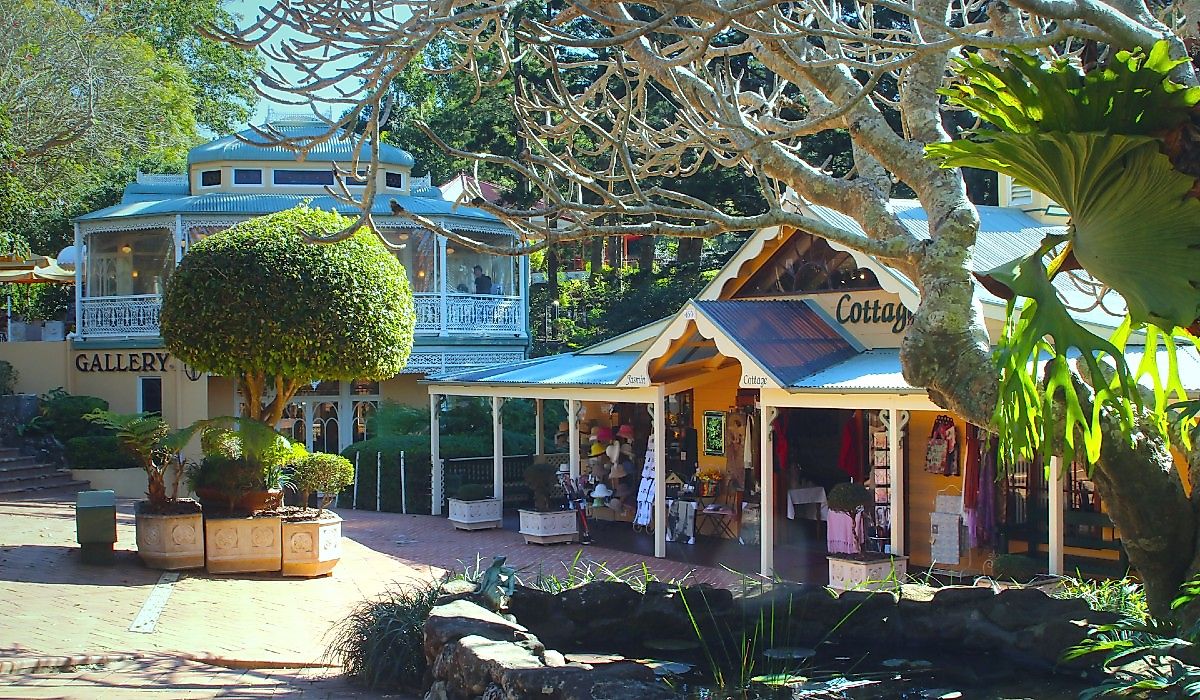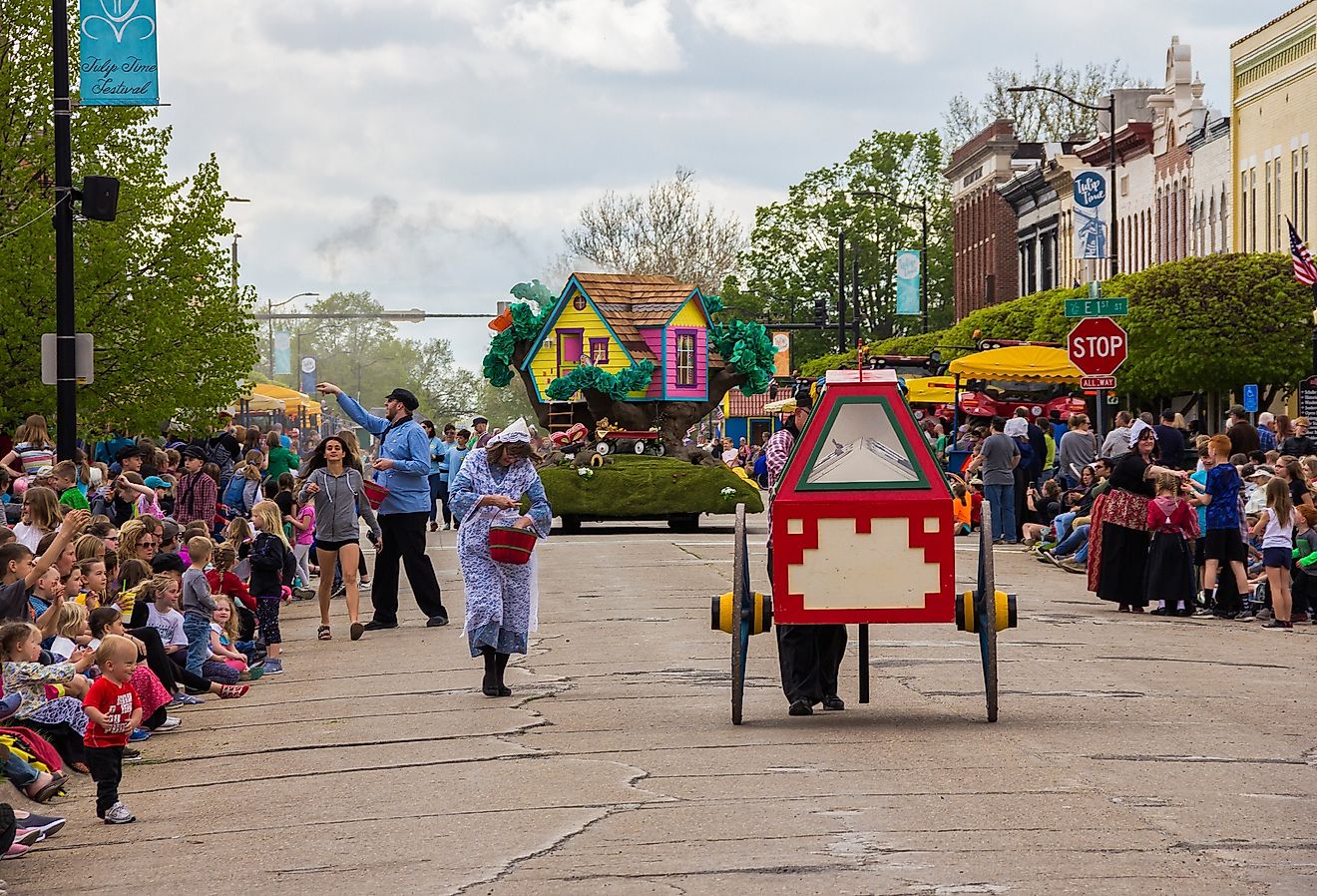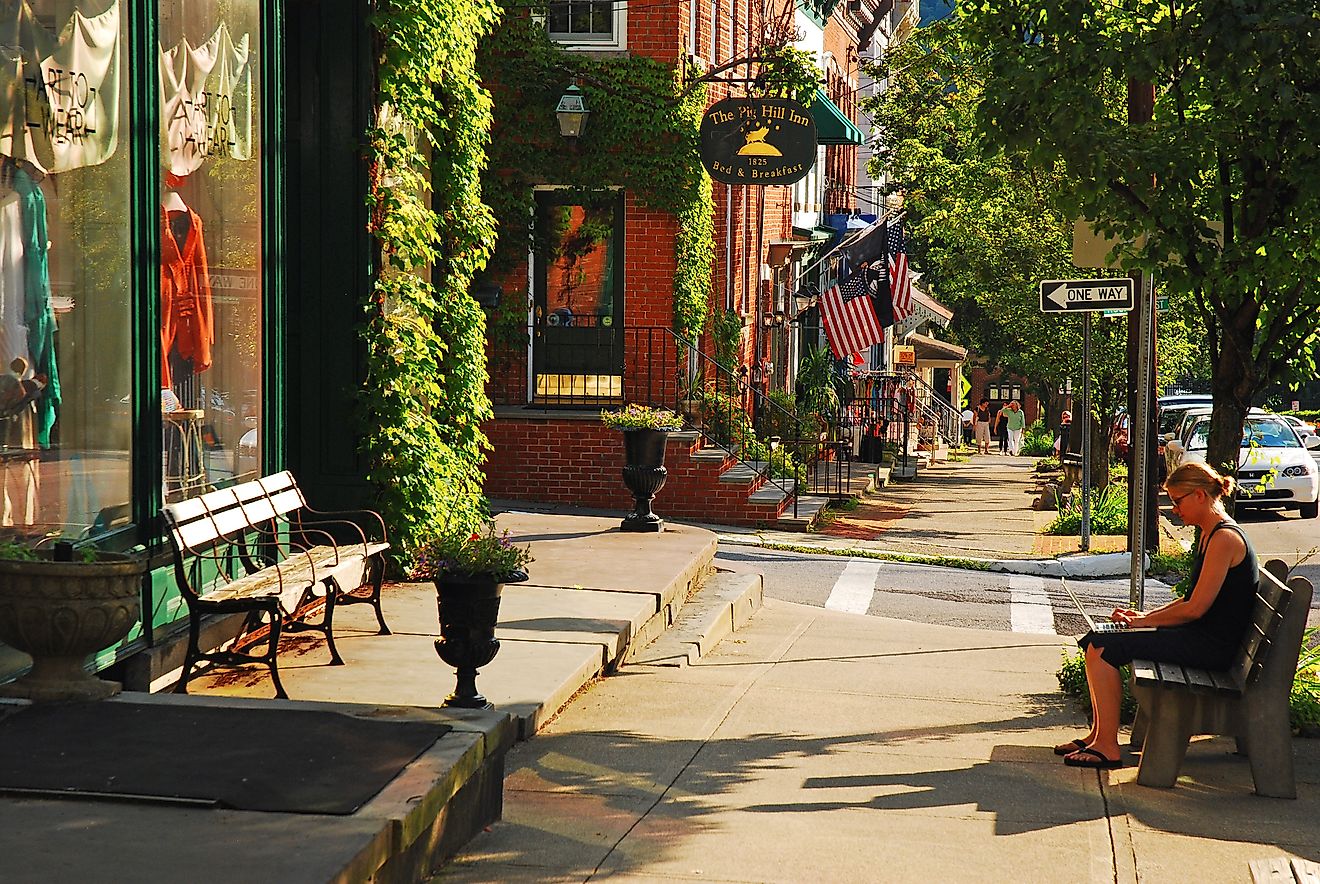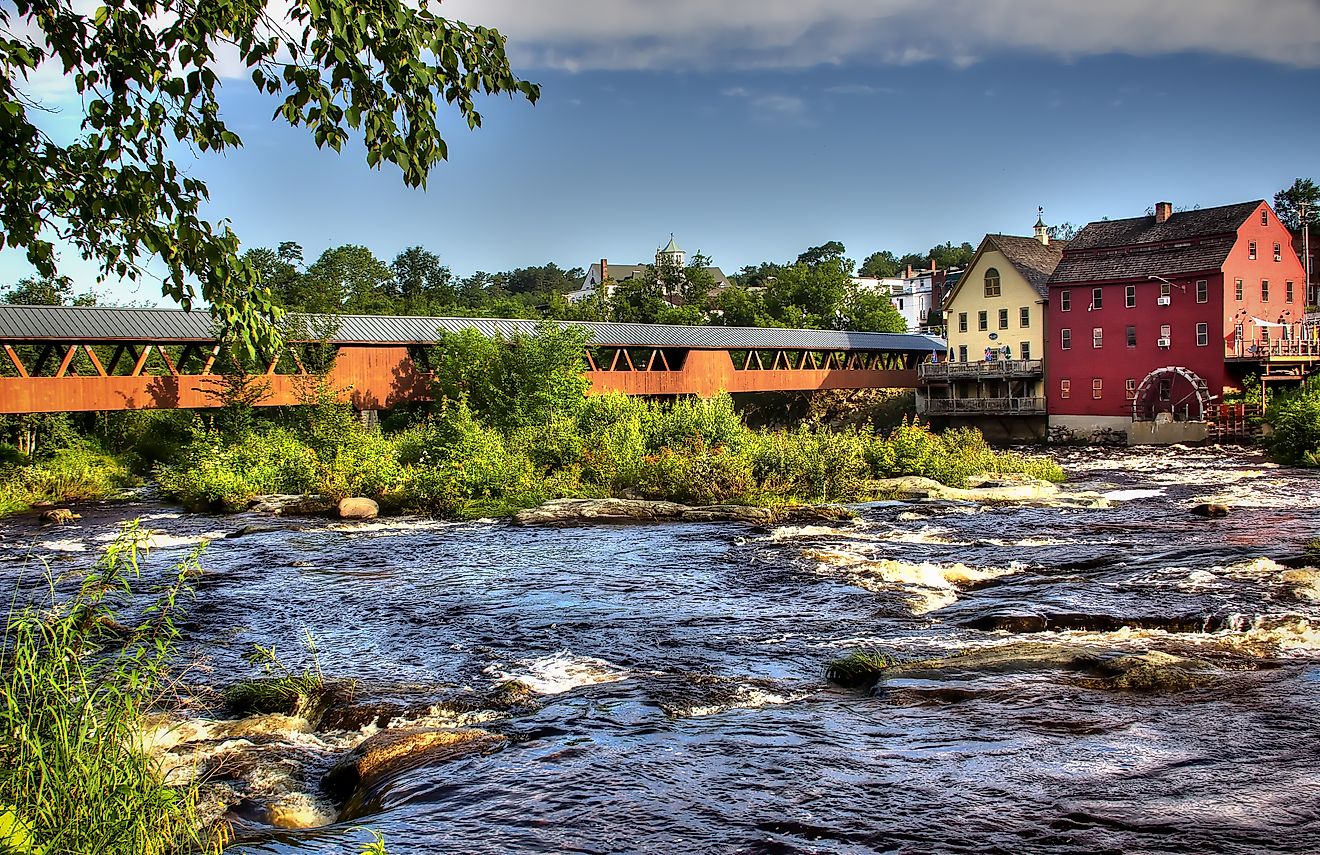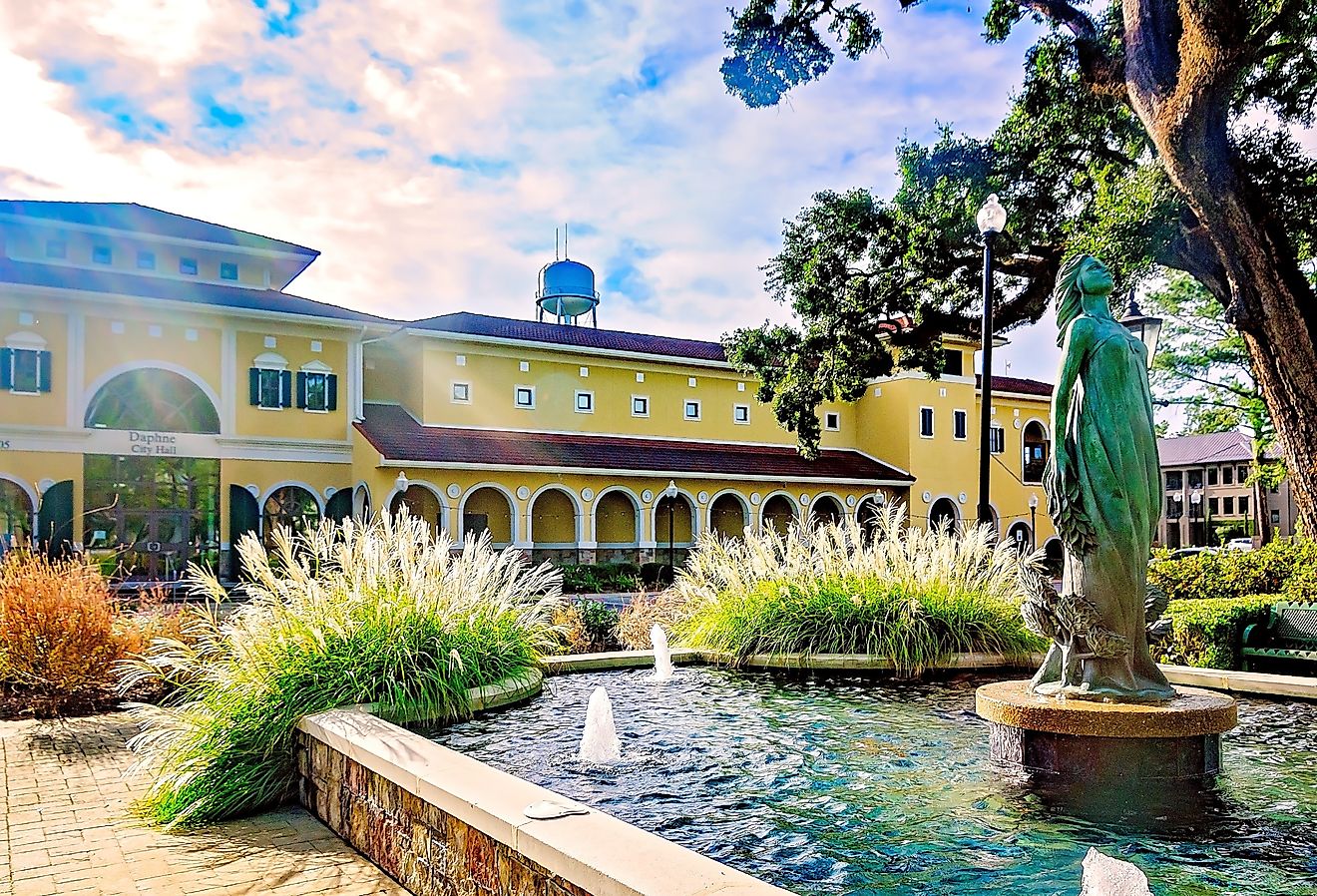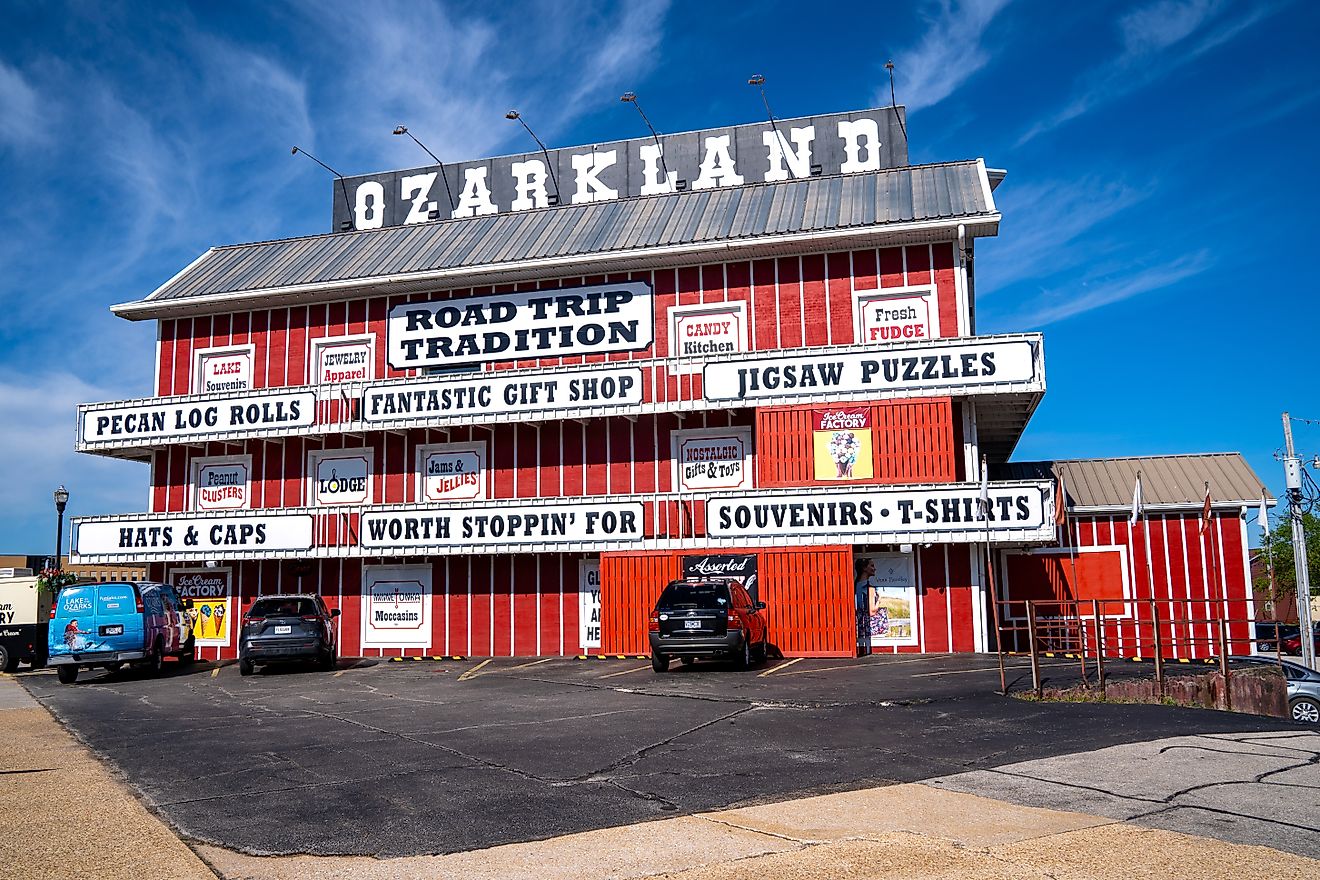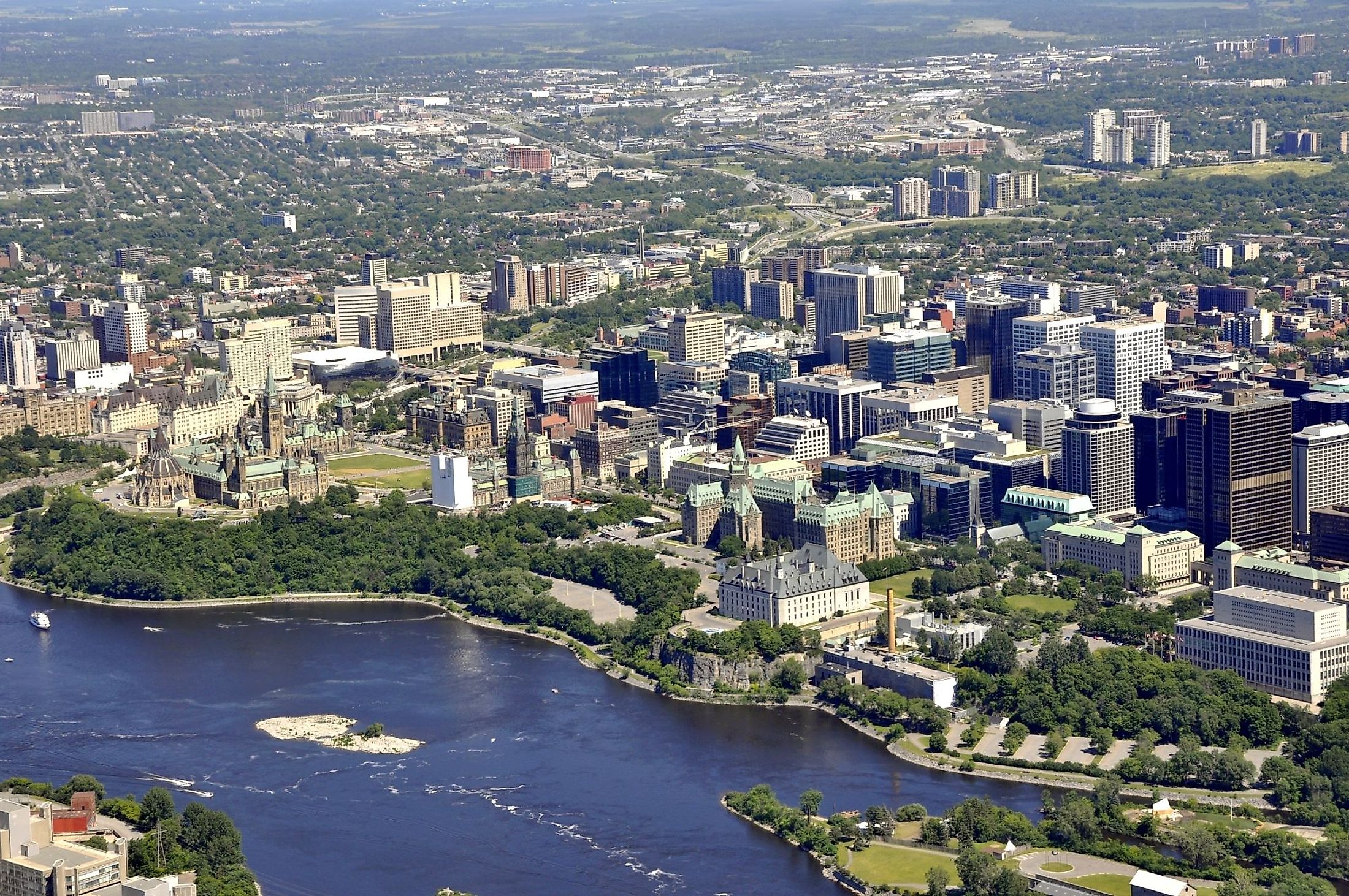
Ottawa, Canada
Ottawa - Canada's capital city, is located in southeastern Ontario, on the southern banks of the Ottawa River, bordering Gatineau, Quebec. The city of Ottawa is located between Toronto and Montreal, within the traditional Anishinàbeg Algonquin territory. Since numerous rivers meet there, the area acted as a dynamic transportation passage for a variety of indigenous groups and travelers. Ottawa is home to several educational and cultural institutions, including the National Arts Centre and the National Gallery.
Geography And Climate Of Ottawa
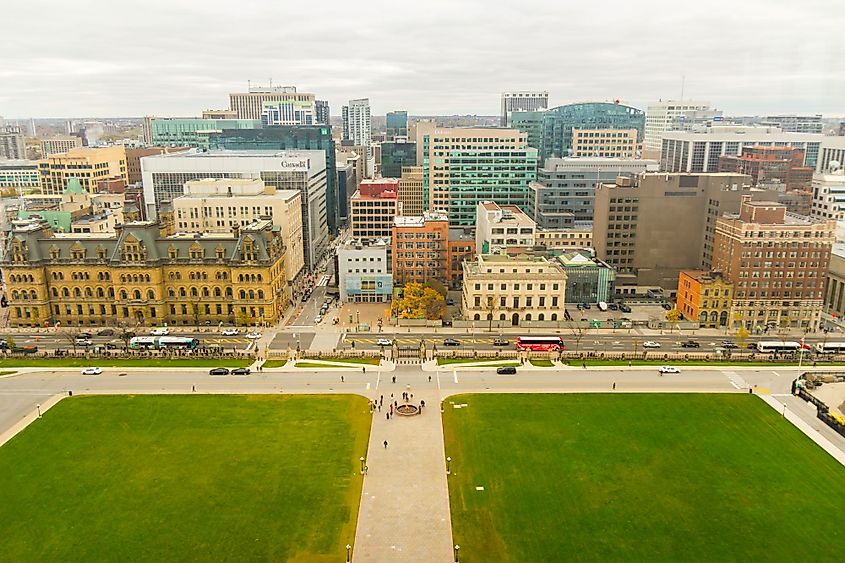
Ottawa sits on the southern banks of the Ottawa River and at the confluence of three major rivers: the Ottawa River, the Gatineau River, and the Rideau River. Covering a total area of 2,790.30 sq. km, the city is located about 200 km west of Montréal, north of New York, and approximately 365 km northeast of Toronto. Moreover, Ottawa is located northeast of the Great Lakes and is within a driving distance of Lake Ontario and Niagara Falls.
The climate in Ottawa is continental, with long warm summers and freezing snowy winters, along with partly cloudy skies all year long. In general, the temperature fluctuates seasonally from -15 °C to 27 °C and is rarely below -25 °C or above 31 °C. For tourists, the best time to visit Ottawa is from June to September for warm-weather activities, whereas the least pleasant months are from December to February, due to its snowy and very cold weather.
Brief History Of Ottawa
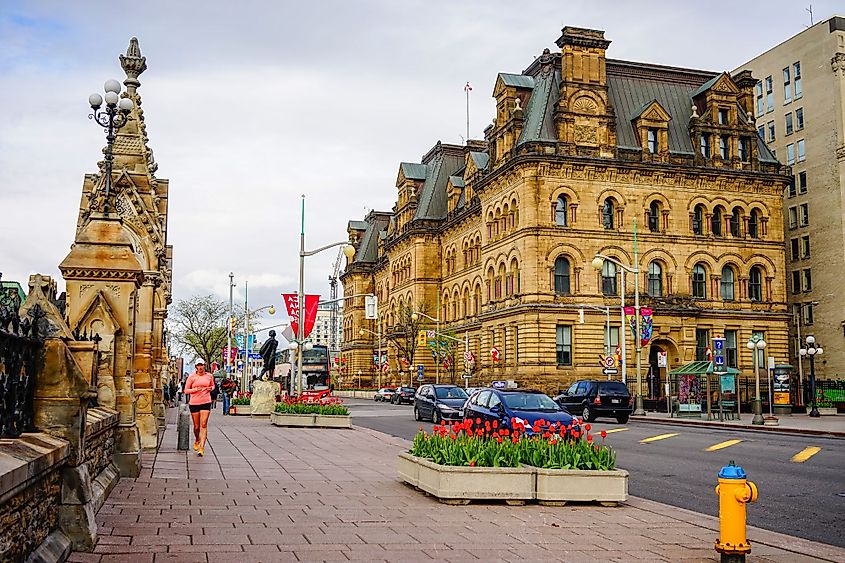
The area was first explored by Europeans in 1610 and then officially settled in 1826 by the British settler Philemon Wright, after being inhabited by the Algonquins- the area’s first native tribes- making use of its resources and hiring its river for their trade and transportation, for thousands of years. Bytown was the initial name of the city, named after John By, the creator of the Rideau Canal military project. Bytown became an agricultural, military, and trade hub for the area, and in 1850, and was incorporated as “The Town on Ottawa” after the Ottawa river- the name called by the natives- and meant “trade river.” Ottawa has always been a strategic location for the trade of fur and timber, which made the Rideau Canal occupied by trade and transportation, although it was built for military purposes. In 1855, Ottawa became a city and was selected by Queen Victoria to be the capital of the Province of Canada in 1857, after a long contest with Toronto and Montreal. In 1900, Ottawa was ruined by a fire that destroyed its grounds, followed by another fire in 1916 that destroyed most of the Parliament structures. Reconstruction started soon afterward, and the Centre Block was finished in 1922. The development of civil service careers started to increase in response to events like World War I, the establishment of an income tax, the Great Depression of the 1930s, and World War II. However, Ottawa remained a manufacturing hub and paper mill city, with pipes and railways leading its waterfront.
Population And Economy Of Ottawa
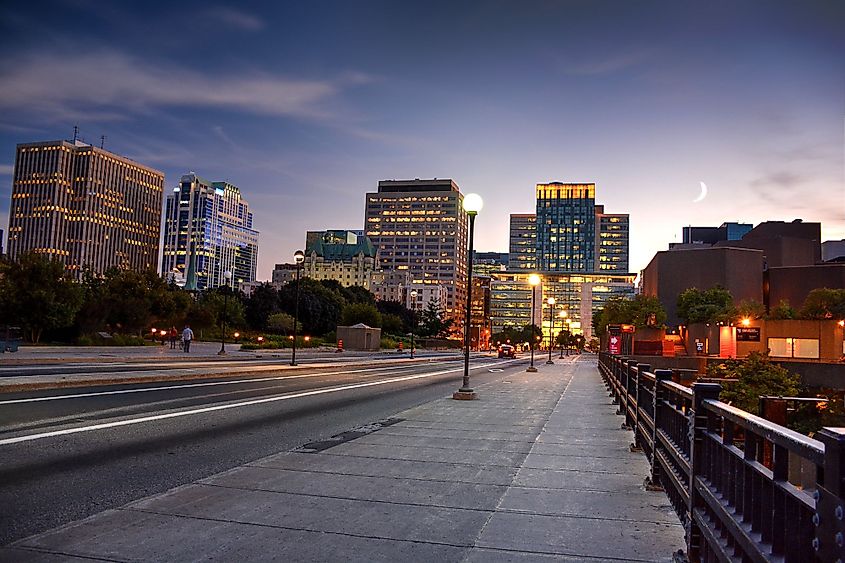
In a recent survey, the population of Ottawa was estimated as 1,046,440 residents, with 25% of them not born in Canada. Moreover, 3% of Ottawa residents are recent immigrants, with more than half of them coming from Asia, including the Philippines and China. Ottawa is officially a bilingual city, with 64% of residents speaking English as their mother tongue and native French speakers covering 15.8 % of the city’s population, while 37.6 % claim to be bilingual.
Ottawa’s major employer is the federal government and the technology sector, featuring jobs like telecommunications, software, and biotechnology. The city houses many commercial and financial corporations, headquarters, as well as several international embassies. Moreover, the city hosts many local federal government institutions. Furthermore, Ottawa's transportation systems are well maintained, including railroads that offer daily passenger services, an expressway system, and key roads in and around the metropolitan area. From a different economic perspective, the median household income is CAD 85,981 per year, undergoing a 13% sales tax and an income tax that ranges between 20% and 40%, depending on the income bracket.
Top Attractions In Ottawa
Parliament Buildings
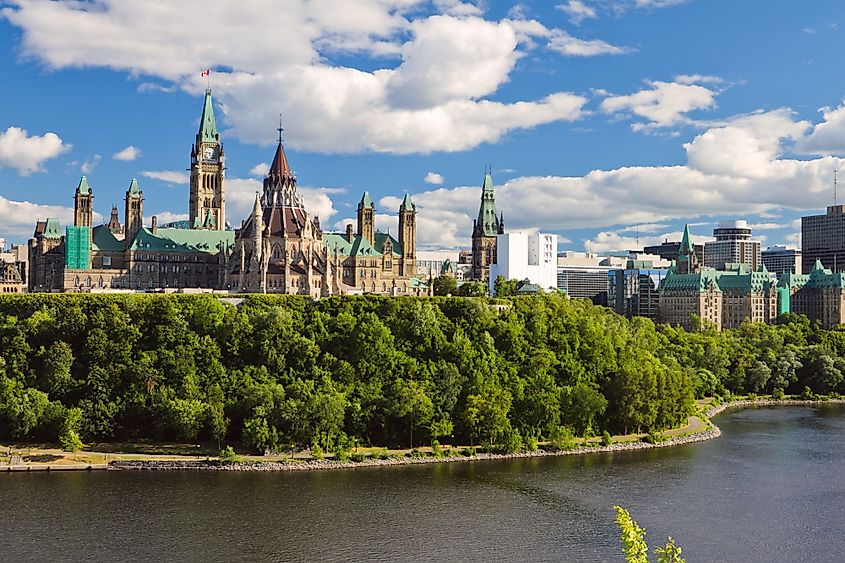
Officially opened on June 6, 1866, the Parliament Buildings, which are designed in a gothic restored style, are a visually outstanding complex of buildings located on Parliament Hill, overlooking the Ottawa River. The complex of three buildings is situated in a designed scenic traditional land, which is also known as the Parliamentary Precinct. The center block and the parliamentary library are centrally located at the hill's highest point near a sharp bluff within the Precinct. The surrounding lands are scattered with monuments of significant political figures who helped form the country's history.
Rideau Hall
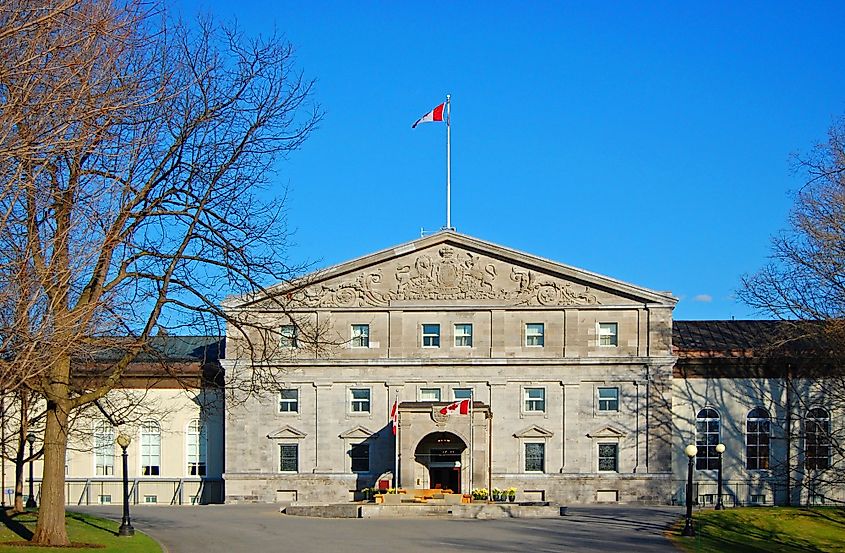
Rideau Hall serves as the official residing place of Canada's Governor-General. The sophisticated estate was built in 1838 by Thomas McKay and combined the primary elements of the English landscape style. Rideau Hall was supposed to be in keeping with the figure and lifestyle of the Queen's representative in Canada.
National Gallery of Canada
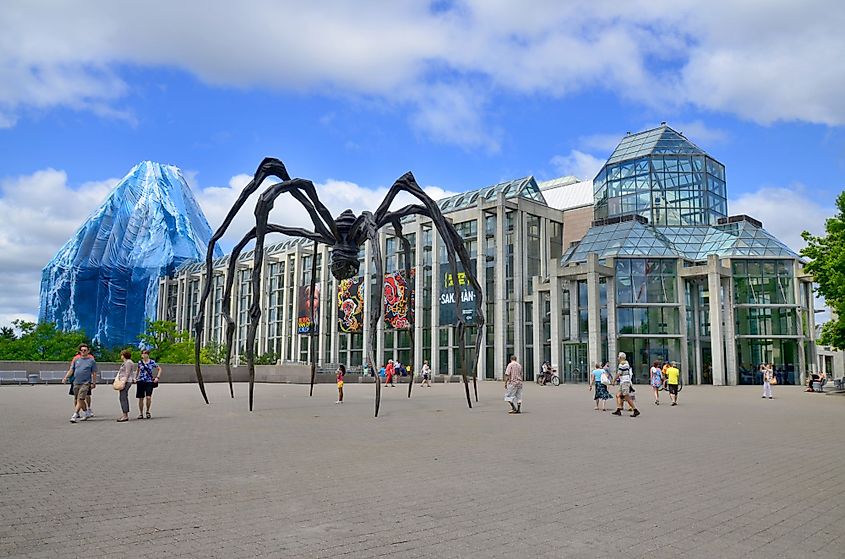
The National Gallery of Canada covers 46,621 square meters, with 12,400 square meters of space for exhibiting art. Established in 1880, it is one of the largest art museums in North America by exhibition space.
Rideau Canal Ice Skating Rink
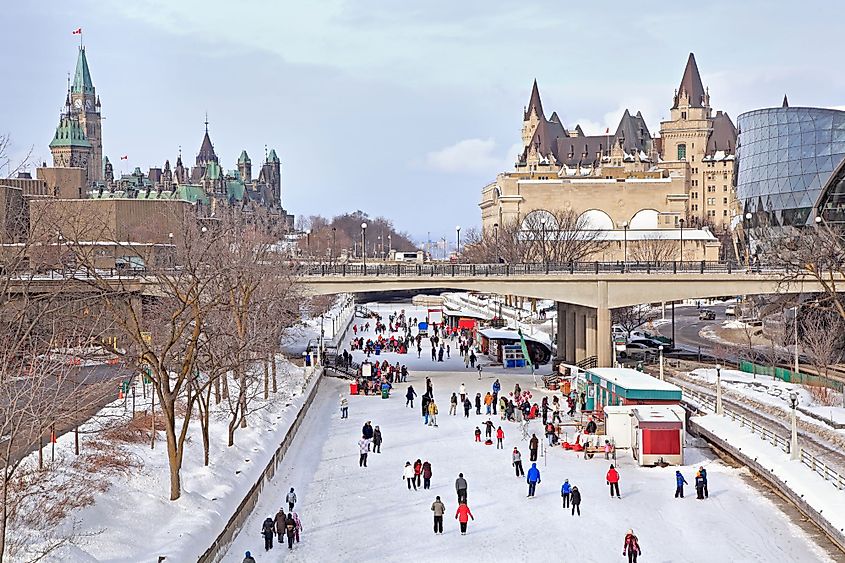
Besides all of the above iconic attractions, Ottawa offers a selection of cultural and historical destinations, like the Canada Aviation and Space Museum, the Canadian Museum of Nature, the ByWard Market Neighborhood, and many others. Moreover, the city offers many outdoor entertainment areas that host activities and festivals, such as Rideau Canal, which is the world’s largest naturally frozen skating rink, and a year-round destination for outdoor entertainment, in addition to its abundant parks and trails. Ottawa is a critical economic engine featuring jobs and chances in high-tech industries, government, health, and education. Moreover, like every decent capital city, Ottawa is a city to learn and explore the history of Canada, with a room for some well-known urban and outdoor fun.
